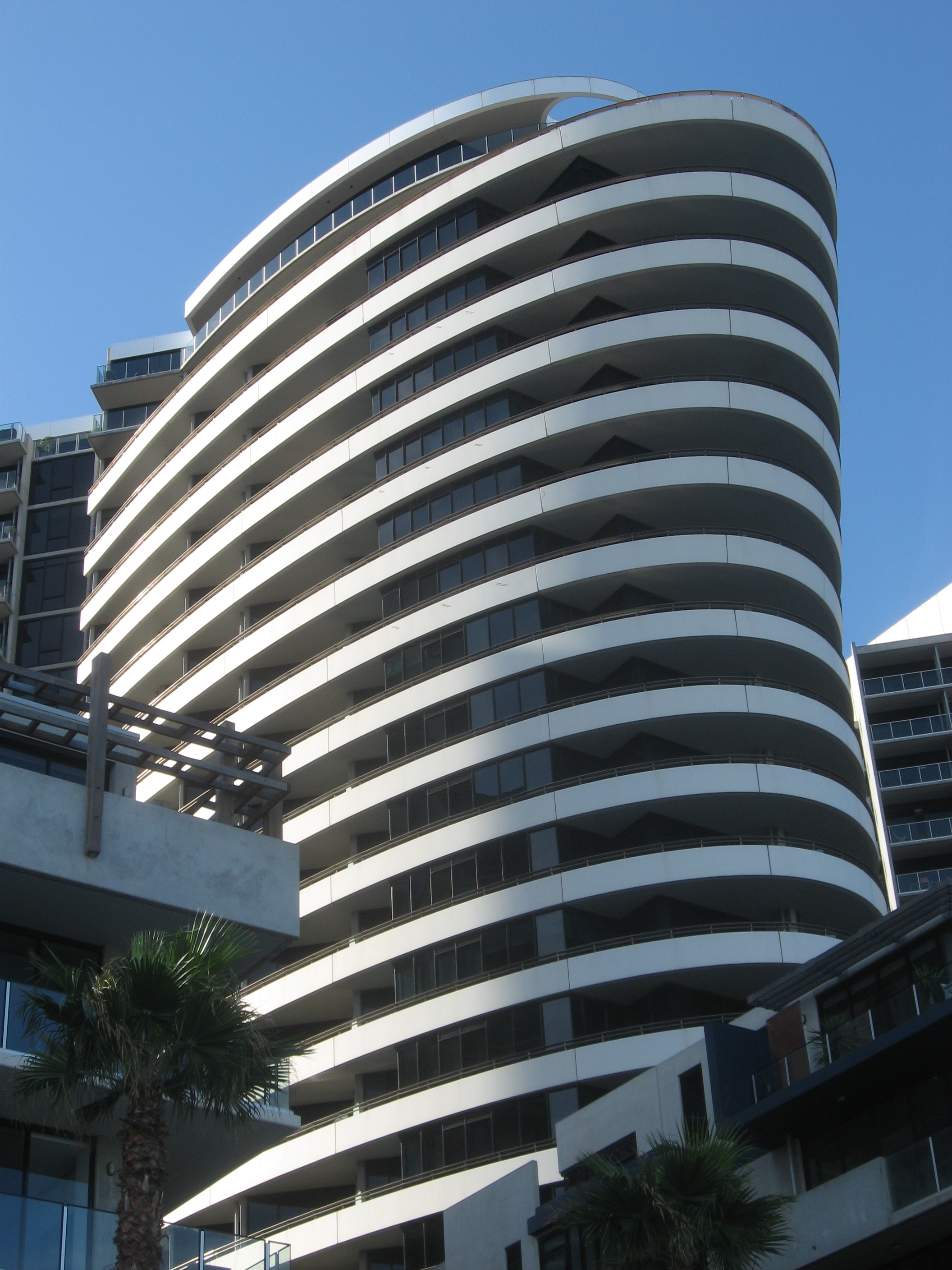Article
thinkbroadband :: Virgin Media delivers 1.5Gbps cable broadband to TechHub
My comments
A common situation that I have noticed with cable Internet is that it tends to be overrated as far a the headline speed is concerned. Here, you have bandwidths of 10Mbps or more, including the abovementioned Virgin Media develoment that is driven by DOCSIS 3.0 cable-modem technology.
But the typical cable Internet development is a shared-bandwidth development unlike the ADSL development which is effectively “switched” with each subscriber having their own bandwidth. A cable system will typically have a headend which bridges the copper or fibre-delivered Internet service to the 75-ohm coaxial cable infrastructure and as the cable passes each door, it is split out in a similar vein to older coaxial-based 10Base2 Ethernet setups or the MoCA setup. In a lot of situations, the cable may be split at each street and the multi-tenancy buildings will have their cable split off from the street and, perhaps, at each floor.
The cable Internet providers then have to offer the big speeds to the customers in order to reduce the amount of contention that there is for the bandwidth on the cable.
But what they could do in neighbourhoods where the cable service is heavily subscribed would be to look at deploying more cable-Internet headends and bring the fibre or copper service to these headends. This could be done with streets that have many multi-dwelling units such as townhouse developments or blocks of flats (apartment blocks).
They can continue to roll out the high-speed Internet services like the 1.5Gbps service as well as implementing the abovementioned revisions to the infrastructure. It can then permit the cable services to achieve the headline speeds in most of the neighbourhoods with plenty of room to spare for subscriber growth.



